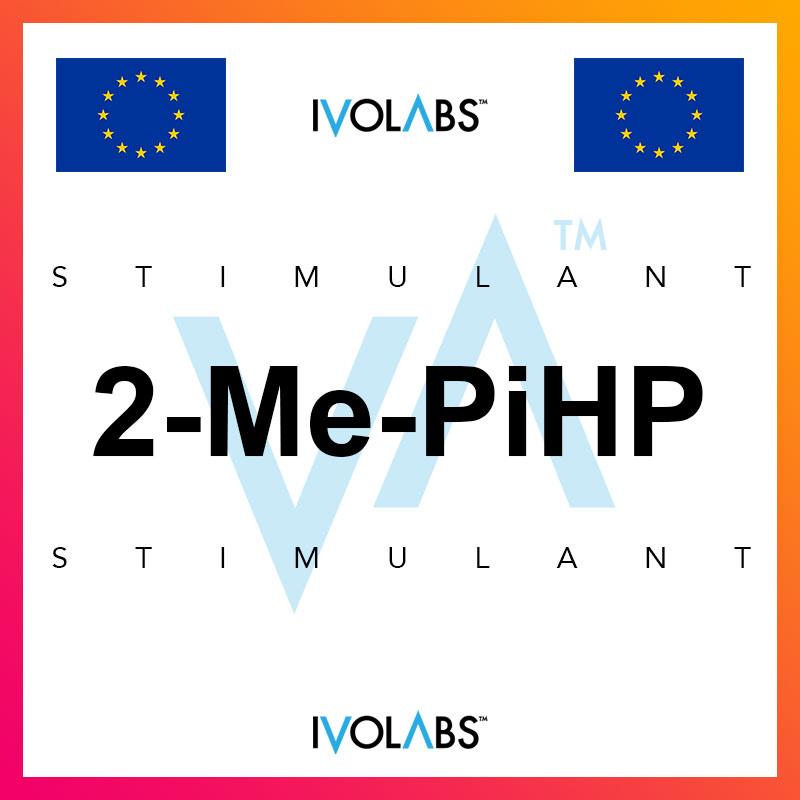2-Methyl-Pyrrolidinohexanophenone (2-Me-PiHP) is a synthetic stimulant belonging to the pyrrolidine class of chemicals, closely related to α-Pyrrolidinohexiophenone (α-PiHP). It features a methyl substitution at the 2-position of the phenyl ring, altering its pharmacological profile and providing unique properties for scientific exploration. This compound is a subject of research for its interactions with monoamine transporters and its effects on dopamine and norepinephrine reuptake.
Chemical Structure and Properties
- IUPAC Name: 2-(Methylamino)-1-phenylhexan-1-one
- Molecular Formula: C14H19NO
- Molecular Weight: 217.31 g/mol
- Chemical Class: Pyrrolidine Stimulant
2-Me-PiHP is lipophilic, enabling efficient penetration of the blood-brain barrier. It has high-affinity binding to dopamine and norepinephrine transporters, resulting in increased synaptic concentrations of these neurotransmitters. The compound’s pharmacokinetics and pharmacodynamics make it suitable for studying CNS stimulant effects and their underlying mechanisms.
Effects
Based on preliminary data and anecdotal reports, 2-Me-PiHP produces effects such as:
- Stimulation: Enhanced mental and physical energy with increased alertness.
- Euphoria: A heightened sense of well-being and mood enhancement.
- Sociability: Increased confidence and improved social interaction.
- Focus and Productivity: Short-term cognitive enhancement with improved attention.
The onset typically occurs within 15-30 minutes, peaking at 1-2 hours. The effects last for 4-6 hours, varying with dosage and individual metabolism.
Dosage Guidelines
Disclaimer: For research purposes only. Not for human consumption.
- Threshold: 5-10 mg
- Light: 10-20 mg
- Common: 20-35 mg
- Strong: 35-50 mg
Due to its potency, researchers are advised to measure doses accurately with a calibrated scale and begin with minimal quantities.
Potential Side Effects
- Psychological: Anxiety, agitation, and paranoia.
- Physiological: Tachycardia, hypertension, excessive sweating, and muscle tension.
- Neurological: Headaches, dizziness, and insomnia.
Chronic or excessive use may lead to tolerance, dependence, or neurotoxic effects. Researchers must limit exposure duration and follow stringent safety protocols.
Harm Reduction Guidelines
- Measurement: Use precise instruments for dose measurement.
- Environment: Conduct research in a safe and controlled setting.
- Hydration: Ensure adequate hydration during research sessions.
- Avoid Poly-Use: Avoid combining with other substances to reduce the risk of adverse interactions.
- Breaks: Allow sufficient time between experiments to prevent overexposure.








Reviews
There are no reviews yet.